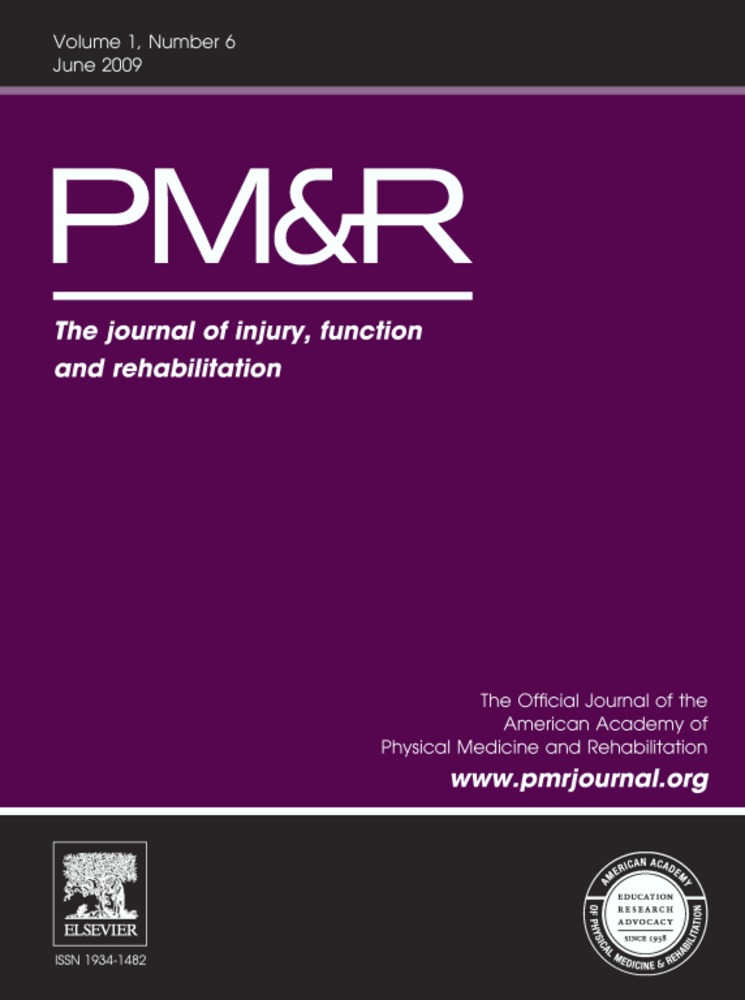The Active Straight Leg Raise Test and Lumbar Spine Stability
Abstract
Objective
To determine the utility of the active straight leg raise (ASLR) test as a screen of lumbar spine stability and abdominal bracing (AB) ability.
Design
A biomechanical study of the ASLR test as a clinical evaluation of lumbar spine stability and AB.
Setting
Clinical research laboratory.
Participants
Fourteen participants who were currently asymptomatic for back pain and leg pain were evaluated.
Methods
Spine posture, muscle activation, and pressure distributions underneath the supine subject were determined.
Main Outcome Measurements
An estimation of lumbar spine stiffness, a direct correlate with spine stability, was obtained using an anatomically detailed spine model.
Results
AB during the ASLR reduced the center of pressure (CoP) movement on a strain-based pressure mat in lumbar rotation (P < .0125) as well as reducing directly measured lumbar rotation (P = .02). Active AB increased lumbar spine stiffness (P < .002). Regression analysis between stiffness and CoP movement suggested that different participants used different strategies to control torso motion.
Conclusions
This study demonstrates that the ASLR has utility as a screen of lumbar spine stability and AB ability. The ASLR maneuver can assess control of lumbar rotational movements in the transverse plane. Finally, this study demonstrated that AB can measurably improve the rotational (transverse plane) stiffness of the lumbar spine.




